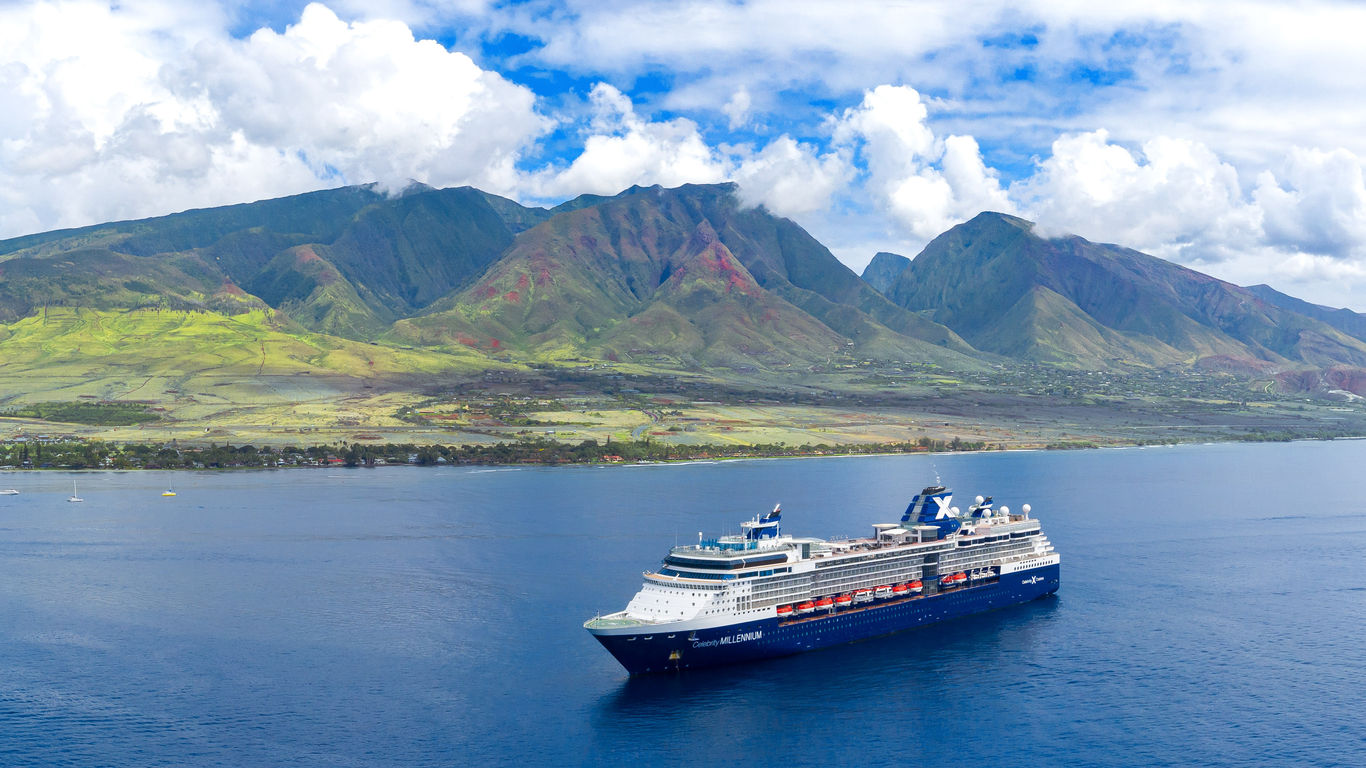Hawaii’s Plan to Reduce Cruise Ship Visits Sparks Industry Concerns
Hawaii is considering a significant reduction in cruise ship visits as part of its broader environmental strategy. The state’s Department of Transportation (DOT) has proposed cutting the number of cruise ship calls by 50% by 2030 and another 50% by 2035. This plan includes an exception for the Pride of America, Norwegian Cruise Line’s homeported ship, but would impact other large vessels that include Hawaii in their itineraries.
Local businesses and policy groups within the cruise industry are urging a more collaborative approach. They argue that reducing cruise traffic is not the only way to address environmental concerns. Instead, they suggest investing in cleaner technologies and exploring alternative methods to lower emissions.
Denise Clark, a consultant who works with both the cruise industry and Hawaiian businesses, organized a meeting on August 7 with 55 stakeholders to begin shaping a response to the DOT proposal. She emphasized the need for open dialogue and collaboration between the industry and policymakers.
Curtis Chee, director of cruise service at MC&A, which handles cruise turnarounds and shore excursions, highlighted the importance of finding greener solutions without eliminating cruise ship visits. His team of approximately 50 employees works exclusively on the Pride of America operations.
“We are so eager and anxious to jump in and say, ‘What can we do to help you get to this plan without the elimination of vessels?’” Chee said. He suggested working with cruise lines to identify vessels with low emissions or those capable of using shore power. “See if that fleet is able to come to the Islands.”
Environmental sustainability is a top priority for Hawaii’s Governor Josh Green. In May, lawmakers approved an 11% cruise tax aimed at funding sustainability efforts. However, some local experts believe that collaboration is essential to making the plan successful.
Malia Blom Hill, policy director at the Grassroots Institute of Hawaii, noted that Hawaiian culture emphasizes collaboration over confrontation. She suggested that cruise lines would benefit from partnering with policymakers rather than opposing them. “If the perception is that you’re just trying to move in and push people around, it definitely sets up not a combativeness but a sort of, ‘You’re not one of us. You’re not here. You don’t have our interests at heart,’” she said.
DOT officials have shown some flexibility if the cruise industry demonstrates a willingness to adopt emission-reduction measures. Dre Kalili, a deputy director at the department, mentioned that ships capable of using shore power or other low-emission technologies might still be allowed to visit Hawaii. “I think we are open to that,” he said. “But based on the data that we have and the trends that we see, [reducing cruise calls] emerged as a strategy.”
Clark pointed out that Hawaii currently lacks shore power infrastructure. While building such infrastructure could offer a solution, she worries that cruise lines might scale back their itineraries prematurely after seeing the state’s intentions. “We know that the port itinerary planners work so far in advance that what happens today affects us two years, three years from now,” she said.
Despite the planned exemption for the Pride of America, Norwegian Cruise Line Holdings welcomed an open, collaborative dialogue with the DOT to “refine the plan and best support our shared goals of reducing emissions, enhancing energy security and expanding access to clean, zero- or low-emission fuels.” Other cruise lines deferred comment to the Cruise Lines International Association (CLIA), which stated that it supports “practical and effective environmental solutions that positively impact the communities we visit.”



